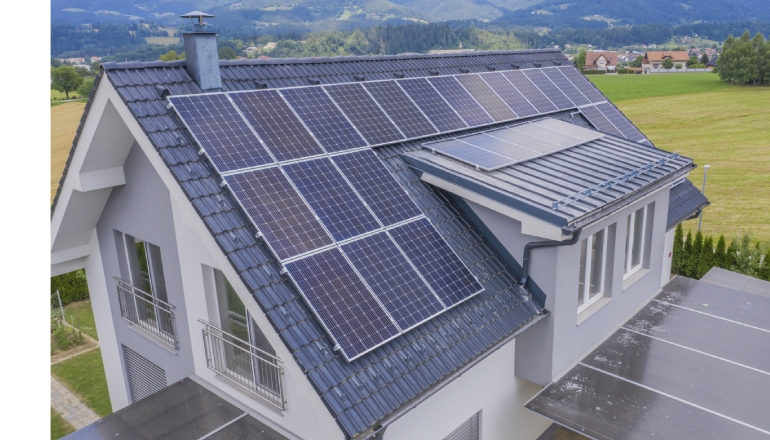Indian Renewable Energy Development Agency Limited (IREDA) has plans to establish a wholly-owned retail subsidiary for its retail business.
The retail subsidiary will offer products and solutions for PM-Suryaghar (Rooftop Solar), PM-KUSUM schemes and B2C segments in RE and Emerging RE sector including EVs, Energy Storage, Green Technologies, Sustainability, Energy Efficiency, etc.
IREDA has received in-principle approval from the Department of Investment and Public Asset Management (DIPAM) for the same.
Commenting on the development, Mr Pradip Kumar Das, Chairman & Managing Director, IREDA, said, “This new retail subsidiary marks a significant milestone in our journey towards fostering sustainable energy solutions at the grassroots level. By extending our expertise in renewable energy finance to the retail market, we will provide innovative financing options for both urban and rural consumers, promoting sustainable practices and reducing carbon footprints.”
This expansion aligns with the Government of India ’s vision to accelerate renewable energy adoption across the nation and create new opportunities in the clean energy sector, he said.

